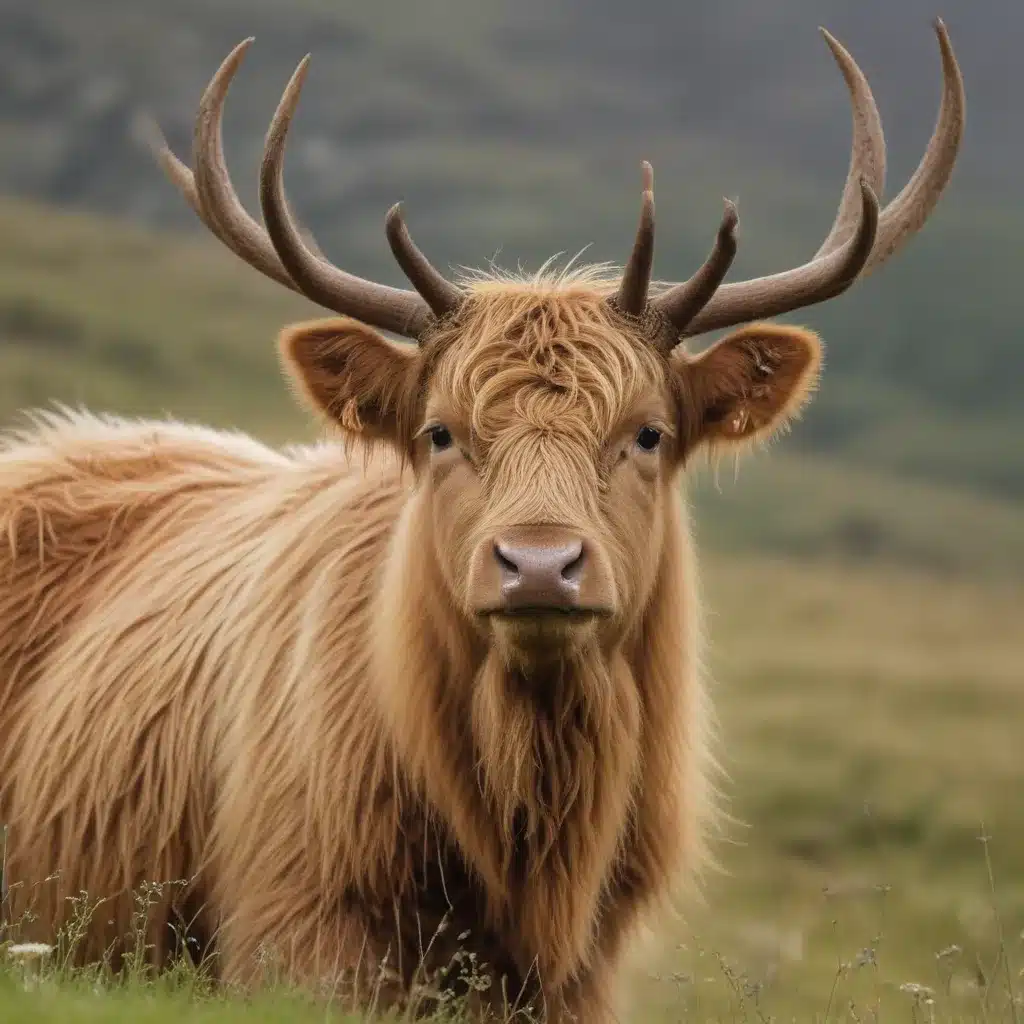
Capturing the Elusive: My Journey into Highland Wildlife Photography
It’s a chilly autumn evening in the Scottish Highlands, and I’m deep in the heart of a lush, mossy forest, carefully navigating through the dense undergrowth. With my camera gear weighing heavily on my back, I’m on the hunt for one of the region’s most iconic and elusive creatures – the majestic red deer (Cervus elaphus).
As I quietly follow a game trail, I spot fresh tracks and scat, telltale signs that my quarry is nearby. Knowing these animals are masters of camouflage and stealth, I choose my next steps with the utmost care, scanning the shadows for any movement. Suddenly, a flash of russet catches my eye, and there it is – a magnificent stag, its impressive antlers silhouetted against the fading light. I freeze, my heart pounding, and for a moment, we lock eyes, before the deer vanishes back into the forest, leaving me with a tantalizing glimpse of its power and grace.
Loch Ness Shores is the perfect basecamp for adventurous photographers looking to explore the rich wildlife of the Scottish Highlands. From elusive predators like the wildcat (Felis silvestris) to the charismatic red squirrel (Sciurus vulgaris), this rugged landscape is teeming with photographic opportunities, if you know where to look.
The Art of Camera Trapping
While I love the thrill of stalking my subjects through the wilderness, armed with my trusty camera, there are some creatures that simply refuse to cooperate. That’s where the magic of camera trapping comes into play. By strategically placing motion-activated cameras in key locations, I’m able to capture incredible, high-resolution images of animals that would otherwise remain hidden from view.
The setup process is a delicate dance, requiring a deep understanding of animal behavior and movement patterns. I carefully analyze the terrain, looking for signs like tracks, scat, and scent posts that will reveal the preferred routes and resting spots of my target species. Once I’ve identified the perfect spot, I meticulously position the camera and motion sensors, adjusting the settings to ensure I don’t miss a single frame.
“Camera trapping is the art of leaving stationary digital cameras outdoors to capture high-quality images of nocturnal or elusive animals in their natural habitat.”
But it’s not as simple as just pressing a button and waiting. Oh, no – there are countless obstacles to overcome, from temperamental weather conditions to curious critters that just can’t resist investigating the strange new object in their domain. I’ve lost count of the times I’ve returned to find my carefully placed camera knocked over, the batteries drained, or the memory card filled with nothing but blurry shots of swaying branches.
One photographer’s tale of the trials and tribulations of camera trapping perfectly captures the dedication and perseverance required to master this craft. From battling the elements to outsmarting the ever-vigilant senses of my subjects, it’s a constant battle of wits – but when I finally catch a glimpse of that elusive fisher (Pekania pennanti) or lynx (Lynx lynx) on my camera’s display, all the effort is more than worth it.
Capturing the Essence of Highland Wildlife
The Scottish Highlands are a veritable treasure trove of wildlife, home to a diverse array of species that have captivated the imaginations of travelers and naturalists alike. From the iconic red deer to the playful pine marten (Martes martes), each creature possesses a unique beauty and charm that I strive to capture in my photography.
Take the red squirrel, for instance – a delightful bundle of energy that scurries through the ancient forests, its bushy tail a blur as it darts from tree to tree. I’ve spent countless hours patiently observing these charismatic rodents, learning their habits and behaviors, all in the pursuit of that perfect shot. And when I finally manage to freeze their antics in time, the sense of accomplishment is truly unparalleled.
The work of the AZA SAFE program has also inspired me to turn my lens towards some of the Highlands’ more elusive and endangered species, such as the Scottish wildcat. These magnificent felines are masters of stealth, blending seamlessly into the rugged terrain, and catching a glimpse of one in the wild is a true rarity. But through my camera trapping efforts and collaboration with local conservation organizations, I’ve been able to document these feline phantoms in ways that few have ever seen.
A Calling to Conserve
As I look back on my journey as a wildlife photographer in the Scottish Highlands, I’m struck by the profound connection I’ve developed with this incredible landscape and its inhabitants. These animals have become more than just subjects to be captured on film; they are living, breathing entities that deserve our utmost respect and protection.
That’s why I’m dedicated to using my photography as a tool for conservation, sharing these rare and intimate glimpses of Highland wildlife with the world in the hopes of inspiring others to join the fight to preserve these fragile ecosystems. From supporting local conservation initiatives to partnering with organizations like National Geographic, I’m committed to leveraging my passion and expertise to make a lasting impact.
So, whether you’re an aspiring photographer seeking to hone your skills or simply a nature lover looking to immerse yourself in the wonder of the Scottish Highlands, I invite you to join me on this journey of discovery. Who knows what incredible moments we might capture, and what stories we might tell, as we work together to protect the wild heart of this enchanting land.

